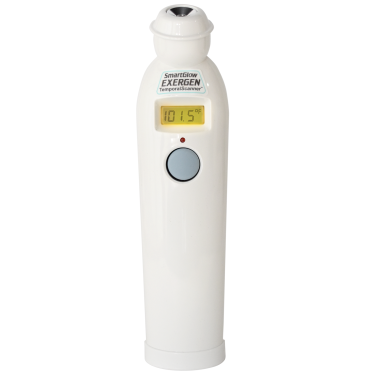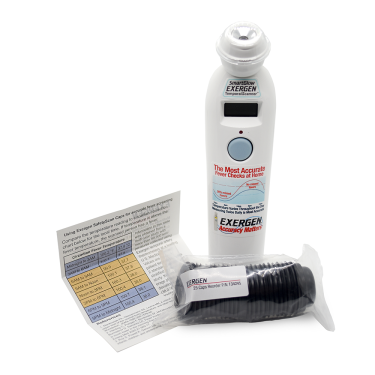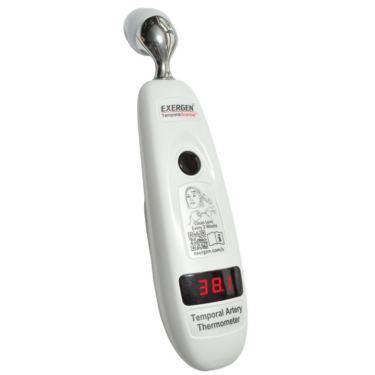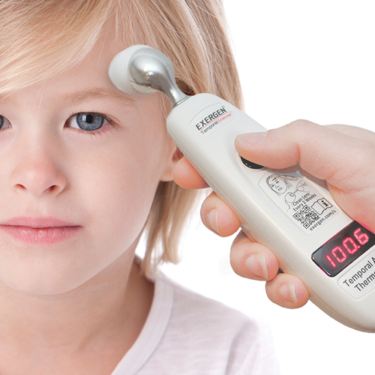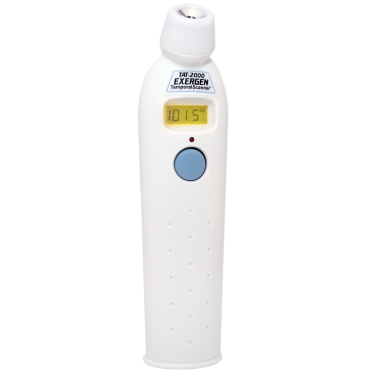On June 11, 2009, Dr. Margaret Chan, Director General of the World Health Organization, raised the level of influenza pandemic alert from phase 5 to phase 6, and declared: “The world is now at the start of the 2009 influenza pandemic.” The US Centers for Disease Control and Prevention (CDC) reported on November 12, 2009, that H1N1 had infected 22 million Americans, hospitalized 100,000 of them and resulted in 4000 deaths. There is scientific evidence that H1N1 is a genetic successor to the virus of the 1918 influenza pandemic, which killed 50 million people, about three percent of the world’s population. There is additional evidence that what we have seen so far may very well be the prologue to much larger numbers of people being infected, and far greater mortality, in the next few years.
“Unfortunately, only a fraction of the US and world population will be vaccinated against H1N1, and the effectiveness of the vaccine is not yet well understood”
In recent years, particularly after SARS in 2003, important elements of pandemic preparedness have been a focus of attention on many levels, including businesses preparing for large numbers of absent workers, schools establishing closure policies, medical institutions preparing for dramatic increases in patient load, public health officials obtaining new authority to respond to public health emergencies, and new vaccines to immunize those at risk.
All of the preparedness activities ultimately reduce to two strategies: immunization and isolation. Unfortunately, only a fraction of the US and world population will be vaccinated against H1N1, and the effectiveness of the vaccine is not yet well understood. That leaves us with isolation: preventing symptomatic individuals from infecting asymptomatic individuals. Since fever is by far the most important and most efficient way to identify symptomatic persons, there has been much attention on how to screen masses of people for the purpose of detaining them, at least temporarily, while further tests are performed to determine if they should be quarantined in some way. The problem is how to accurately identify the one percent or so febrile persons in the general population conducting their normal activities without bringing those activities to a grinding halt; hence the need for fast efficient mass screening.
Effective screening
Infrared imaging cameras have been prominent in newscasts showing screening at airports and other travel centers, primarily overseas. Recently, it has become common in some countries for inspectors to board airplanes before the passengers disembark, point a pistol-shaped device with a laser at each passenger’s forehead, and pull the trigger. Although only an infrared thermometer, the message is particularly clear regarding the consequences of attempting to enter the country with a fever that might indicate the presence of H1N1.
An important lesson that emerged from SARS and is being used today is that individuals will self-quarantine at home when ill, if they believe they might be quarantined by force if caught in public. Whether the method of fever detection actually detects fevers is secondary. Although very effective in this way, there is still the possibility that some individuals will risk the mass screening, or be knowledgeable enough to disguise their thermal profile to prevent detection. Clinically reliable fever detection is still the most desirable mass screening technique. Unfortunately, no infrared imagers or infrared thermometer guns can be qualified for clinically accurate fever detection, due to limitations of physics and physiology, a well-known fact amongst knowledgeable scientists.
Suitable qualified clinical methods must be fast and non-invasive, as well as accurate. One example is temporal artery thermometers, now used in most medical institutions in the US. They have been selected worldwide by major companies, pandemic and bioterrorism response teams, government health departments, and hospitals to mass screen individuals entering their premises. One user can scan about 600 people per hour, thus making this a practical mass screening technique where and when such screening is necessary.
Francesco Pompei is Founder and CEO of Exergen Corporation and holds 60 US patents in non-invasive thermometry for medical and industrial applications. Earning BS and MS degrees from MIT, and an SM and a PhD from Harvard, Pompei also holds an appointment as Research Scholar in the Department of Physics at Harvard, in cancer research.
